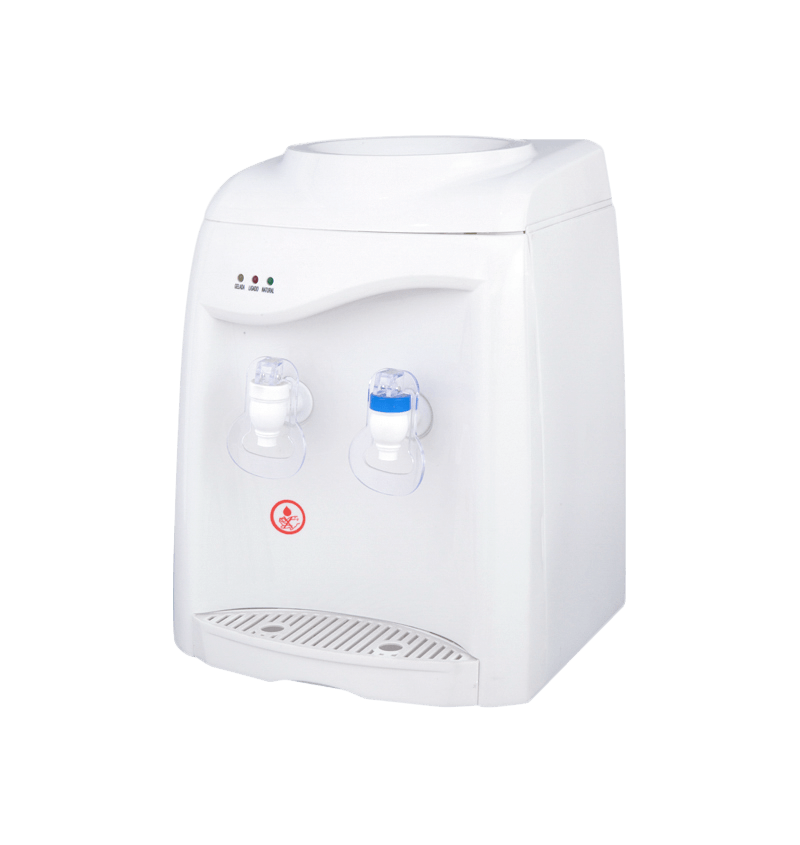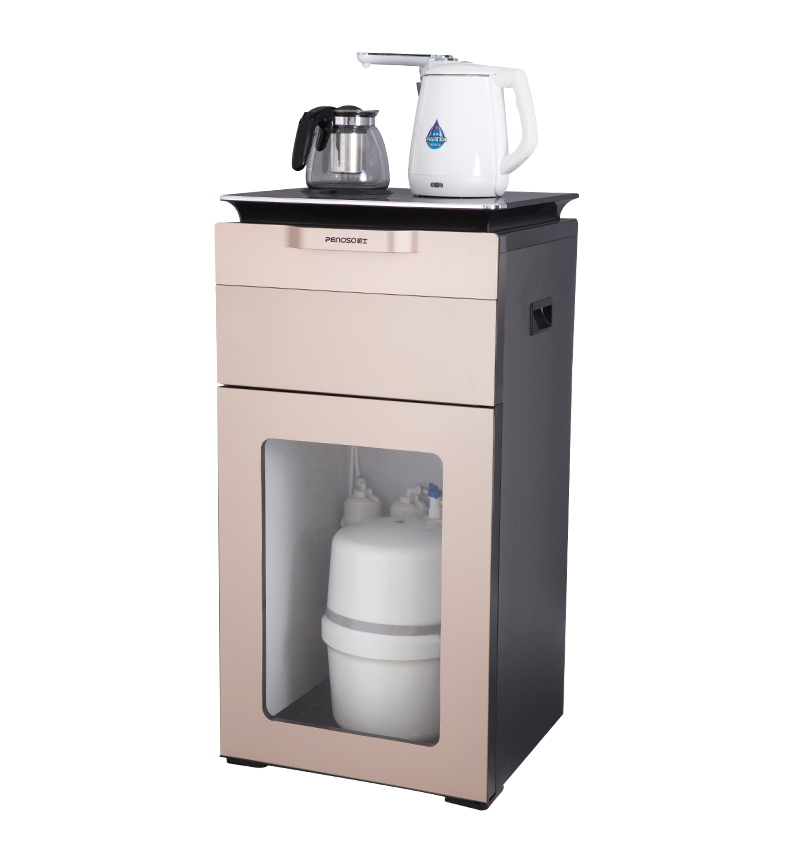Basic introduction of top-loading water dispensers
Top-loading water dispensers are a common drinking water device in home and office environments. They supply water by placing a large bucket of water on the top of the machine. Compared with bottom-loading water dispensers, top-loading water dispensers are easier to see the water level and replace the bucket, which is suitable for high-frequency use environments. However, in order to ensure its long-term stable operation and maintain the sanitation of water quality, regular maintenance and cleaning are very important. The following will introduce the common maintenance and cleaning methods of top-loading water dispensers.
Regularly clean the outside of the water dispenser
Keeping the outside of the water dispenser clean helps prevent dust and bacteria from growing. External cleaning includes the outer shell, buttons, water outlets and other parts of the water dispenser. When cleaning, you can follow the steps below:
Wipe the outer shell of the water dispenser with a soft cloth dipped in warm water or a small amount of neutral detergent.
Be careful not to use strong acid, strong alkaline or corrosive detergents, which may damage the outer coating of the water dispenser or affect the water quality.
During the cleaning process, pay special attention to the faucet and the water outlet, where water stains and dust are easily accumulated.
Clean the outside of the water dispenser at least once a month to keep the appearance of the equipment clean and tidy.
Replace the water bucket regularly
The water source of the top-loading water dispenser usually comes from the bucket placed on the top. In order to keep the water fresh, the bucket needs to be replaced regularly. When replacing the bucket, it is recommended to follow the following methods:
Make sure the new bucket is well sealed to prevent the water source from being contaminated during transportation and storage.
Wash and wipe the surface of each bucket to prevent dust and debris from entering the water dispenser.
Expired or damaged buckets should be replaced in time to avoid affecting the normal operation of the water dispenser due to bucket problems.
When carrying the bucket, be careful to avoid violent shaking, keep the water in the bucket clean, and avoid contamination.
Clean the internal water pipes of the water dispenser
The water pipes inside the water dispenser will accumulate impurities such as minerals and scale during long-term use. If these substances are not cleaned regularly, they may affect the taste and health of the water quality. It is recommended to clean the water pipes every 3 to 6 months. The cleaning method is as follows:
Turn off the power of the water dispenser and unplug the power plug.
Open the bucket cover of the water dispenser and remove the bucket on top.
Using appropriate cleaning tools, gently disassemble the water pipe of the water dispenser.
Rinse the water pipe with clean water or food-grade detergent to remove scale and impurities inside the pipe.
After cleaning, make sure all parts are dry, reinstall the water pipe, connect the bucket and restore the normal operation of the water dispenser.
Clean the faucet and water outlet
The faucet and water outlet are the places where scale and bacteria are most likely to accumulate in the water dispenser, so it is especially important to clean these parts. Here's how:
Clean the faucet and water outlet at least once a week. Wipe with warm water and a small amount of neutral detergent to remove scale and stains.
For bacteria at the faucet mouth, you can wipe it with disinfectant wipes, or soak it in a mixture of edible vinegar and water to remove stubborn scale.
Regularly check whether the faucet is loose or blocked, and repair and replace it in time.
Clean the inner tank and heating system of the water dispenser
During long-term use, the heating system and inner tank of the water dispenser may accumulate scale, affecting heating efficiency and reducing water quality. When cleaning the inner tank, you can take the following steps:
Clean the heating system and inner tank every 6 months.
Use a detergent suitable for cleaning scale and follow the instructions in the product manual.
Some water dispenser inner tanks are designed to be detachable, so users can easily remove and clean them. If the inner tank is not detachable, you can use a special scale cleaner and add it to the water for heating to help dissolve the scale.
During the cleaning process, avoid damaging the heating system or the surface of the inner tank to maintain its good thermal conductivity.
Sterilize and disinfect regularly
The water quality safety of the water dispenser is directly related to the health of the user. In addition to cleaning, regular disinfection is also an important measure to ensure the hygiene of the water dispenser. Disinfection can be carried out in the following ways:
Use food-grade disinfectant to disinfect the water dispenser. The proportion and use of the disinfectant should be strictly in accordance with the product manual.
If the water dispenser has a self-cleaning function, you can use this function to sterilize and disinfect regularly.
Use disinfectant wipes to wipe frequently touched parts of the water dispenser, such as buttons and faucets, to reduce the risk of bacterial growth.
Prevent water accumulation and mold growth
When using a water dispenser in a humid environment, it is easy to cause water to accumulate at the bottom or around the water dispenser, thereby breeding mold and bacteria. To prevent this from happening, it is recommended to take the following measures:
Regularly check whether there is water accumulation at the bottom of the water dispenser, especially when used for a long time, water vapor may cause water accumulation at the bottom.
Every time you clean the water dispenser, check the drain and sink at the bottom of the machine to ensure that there is no blockage.
Keep the environment around the water dispenser dry to avoid water vapor accumulation.
Check the power supply and circuit
Regularly check the power cord and electrical system of the water dispenser to ensure safe operation:
Check whether the power cord is worn or aged, and replace it in time if it is damaged.
Check whether the electrical interface is loose or corroded to ensure stable power supply.
If the water dispenser has a heating function, the heating system should be checked regularly to ensure that it is working properly and the water temperature remains within a safe range.



 English
English عربى
عربى Português
Português Español
Español








